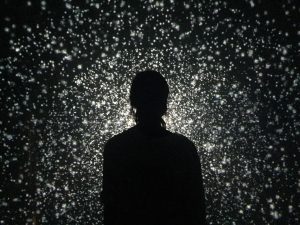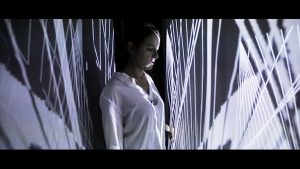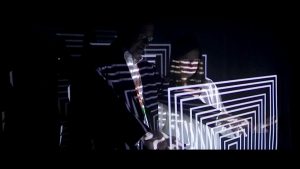The sensoree NEUROTiQ spa was headed by Kristin Neidlinger, a biomedia concept designer. It consists of a headpiece that “animates” your brain by illuminating and mapping brain waves using color. It was applied in the setting of a yoga class, as an experimental project. The headpiece uses the Muse Brain Sensing Headband to identify activity and brain wave patterns of the user, and then animated the headpiece to display colors according to the user’s cognition levels, attention, resting rate, meditation and sense of deep sleep.
This technology would be used in notifying people of their more relaxed states of mind, which would promote mental well being.
![[OLD FALL 2017] 15-104 • Introduction to Computing for Creative Practice](https://courses.ideate.cmu.edu/15-104/f2017/wp-content/uploads/2020/08/stop-banner.png)







